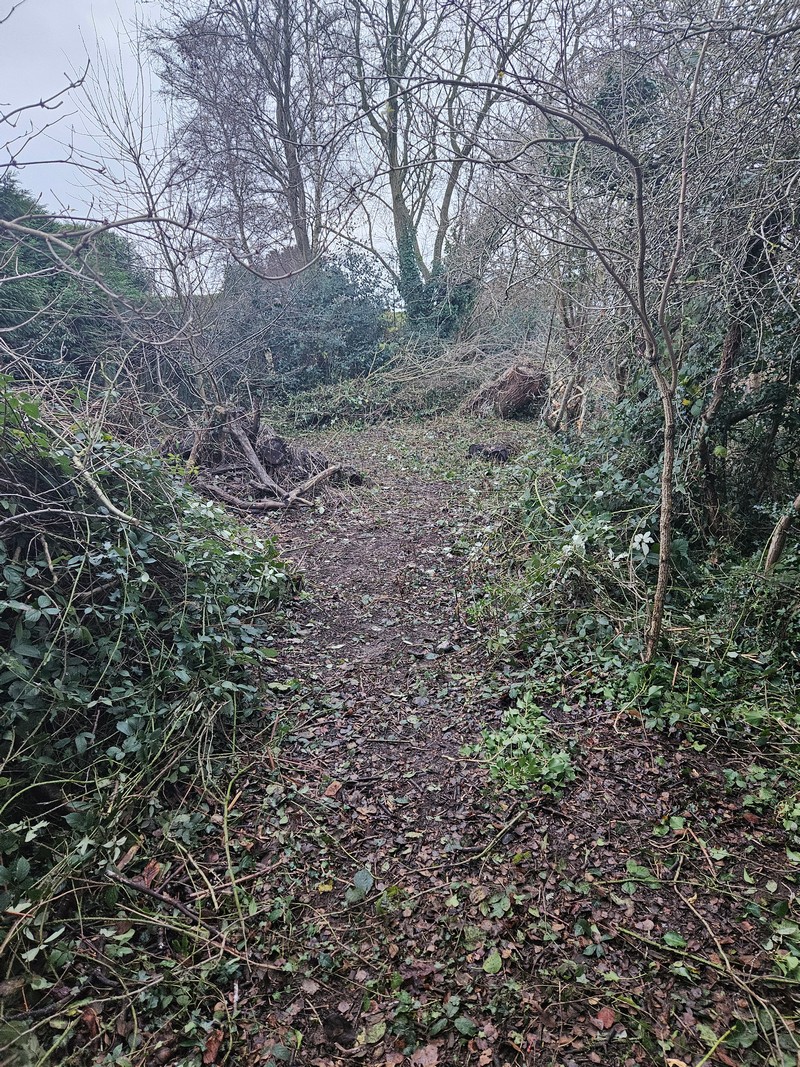Woodland Management
The importance of Woodland Management
Woodland management is essential for sustaining healthy, diverse, and resilient ecosystems. It helps protect biodiversity, encourages new growth, and ensures that regular use—like Forest School sessions—doesn’t cause long-term damage. Through practices such as coppicing, thinning, and habitat creation, leaders can care for the land while supporting learning, wildlife, and the woodland’s future.
How Little Acorns Forest Schools Ltd Can Help?
We offer:
-
Site visits and woodland assessments
-
Custom woodland management plans
-
Safe and inspiring Forest School setups, including fire pits, seating, and play features
-
Ongoing support from experienced practitioners
Interested? Email us at littleacornsfs@gmail.com to arrange a visit.
Why Woodland Management Matters for Forest School Leaders?
Woodland management is a vital part of the Level 3 Forest School Leader portfolio. It ensures that Forest School sessions are delivered in a way that supports—not harms—the natural environment. When done well, it creates a sustainable, thriving space for both learners and wildlife.
Creating a Woodland Management Plan
A good plan starts with a vision:
-
Where do you want your woodland to be in 3 years?
-
What biodiversity goals do you have?
-
How can you reduce the impact of regular use?
Key areas to consider:
-
Pathways – Use bark chips or limit to one route to reduce erosion.
-
Fire pits, climbing, and den areas – Plan locations to minimise long-term damage.
-
Native species – Consider planting to boost biodiversity.
This plan may evolve over time, especially in collaboration with landowners.
Our work Traditional Woodland Techniques;
Coppicing
Cutting shrubs like hazel down to ground level encourages new growth and extends their life. It’s a sustainable way to harvest materials for crafts and structures.

Pollarding
Similar to coppicing, but cuts are made higher up the trunk. This prevents grazing animals from damaging new shoots and helps control tree height in urban or livestock areas.

Thinning
Selective removal of weaker or poorly growing trees improves light levels and biodiversity. It also encourages stronger growth in remaining trees.

Enhancing Biodiversity includes:
Dead Hedging
Stack trimmed branches to form natural boundaries. These provide shelter for wildlife and slowly decompose, enriching the soil.
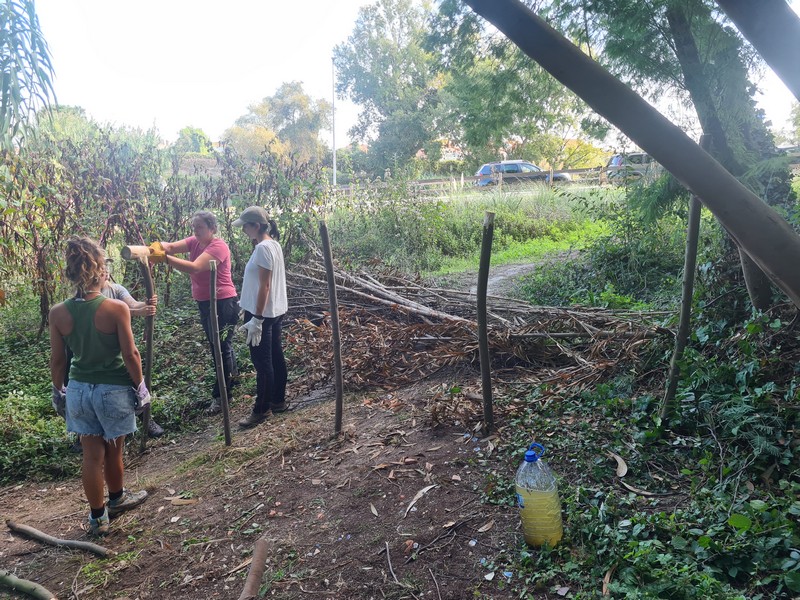
Habitat Piles
Leave logs and branches in piles to attract invertebrates and fungi. These piles double as educational tools for learners to explore woodland ecosystems.

Removing Invasive Species
Species like eucalyptus or acacia can dominate woodlands. Removing them and replanting with native trees helps restore balance. The removed timber can be reused for structures or play features.

The Power of Group Work
Working together in the woods builds:
-
Teamwork and friendships
-
Physical strength and coordination
-
A shared sense of purpose and pride
It’s also a fantastic way for children and young people to connect with nature and understand their role in protecting it.

An overgrown pathway before and after LAFS staff had completed work.
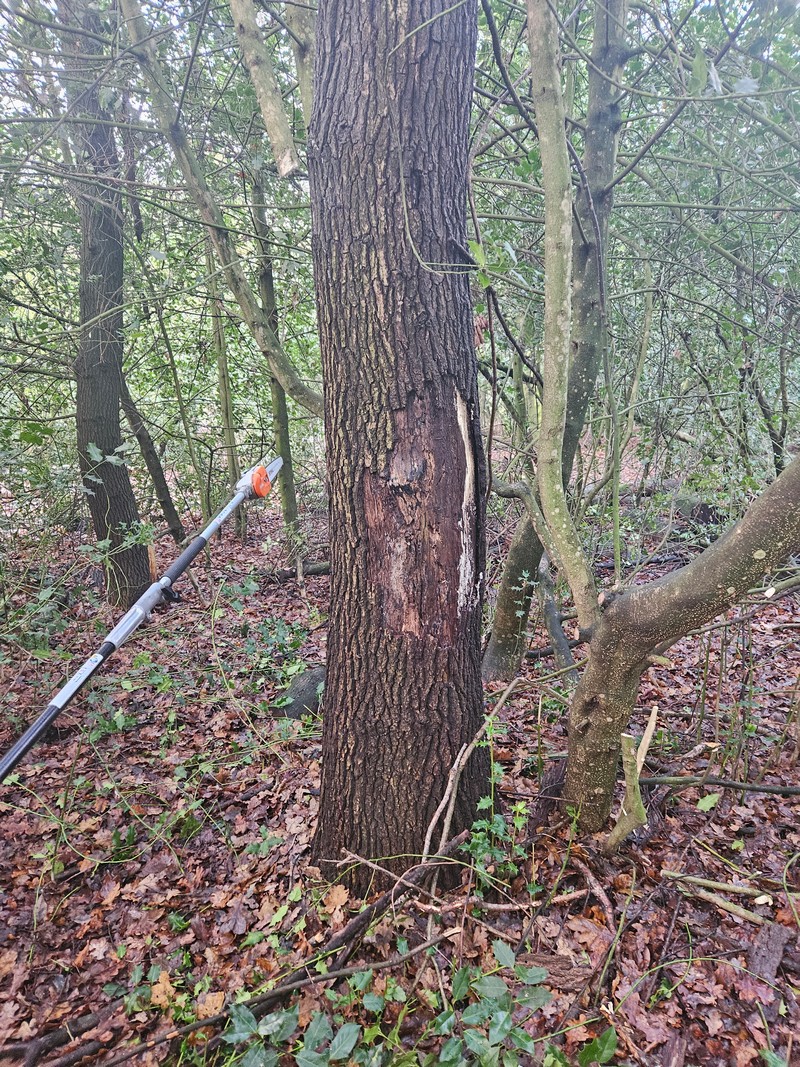
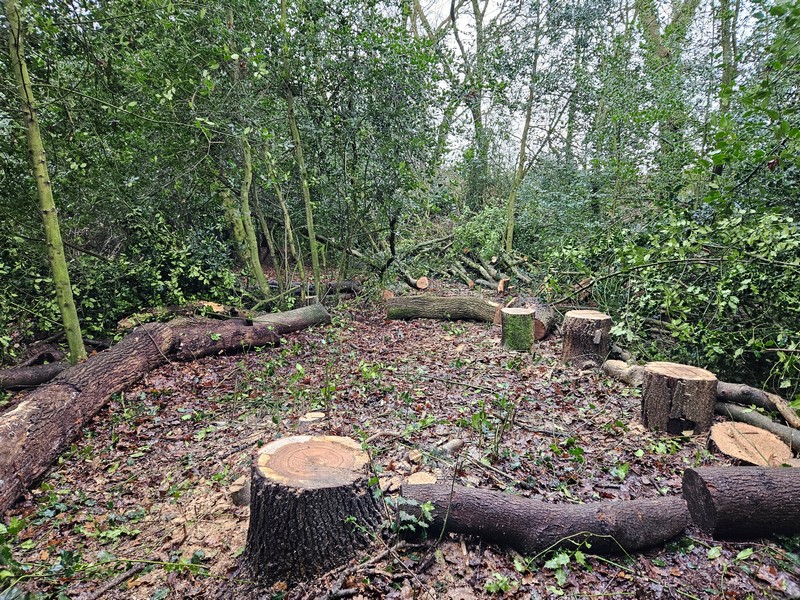
Another site that required a new fire pit area which was constructed using on site materials.
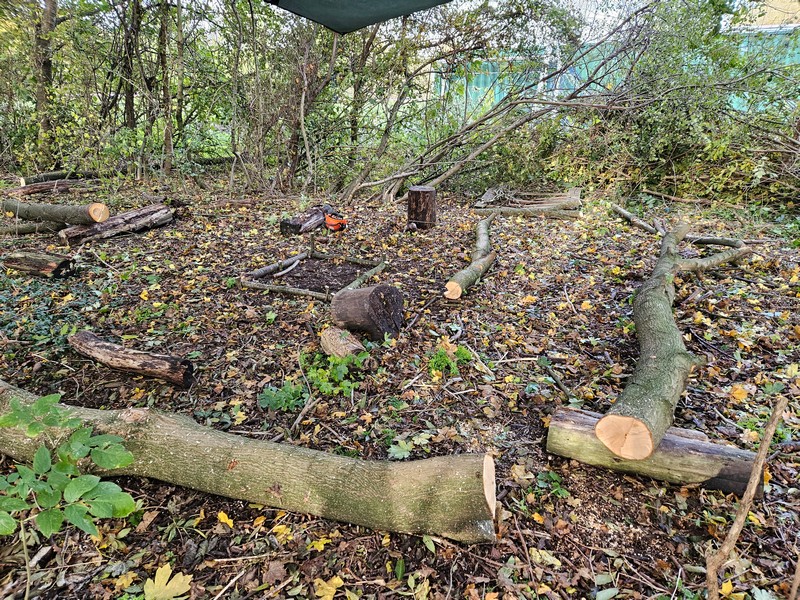
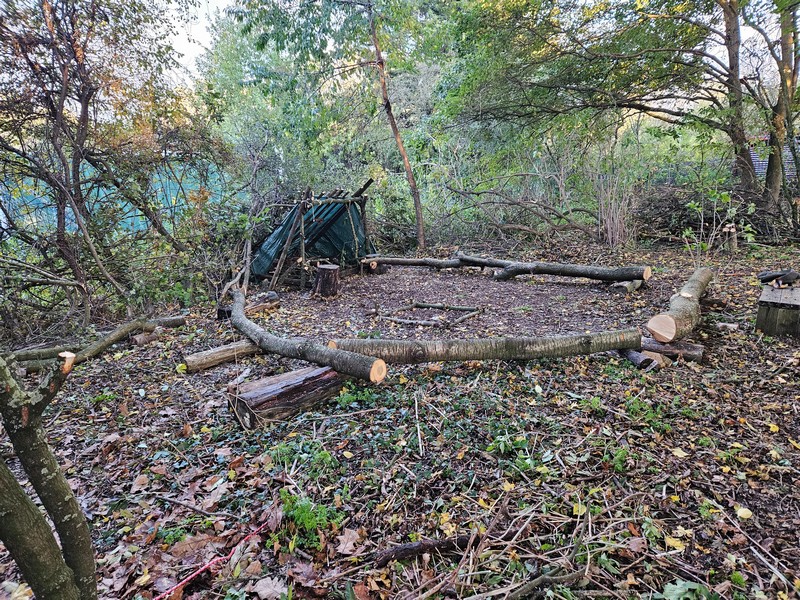
Some tree stumps that have been arranged into an off ground balancing course for younger children to improve core stability and balance.

A completed fire pit area in Santo Tirso in Portugal which is hoped to become a new Training Centre for Forest School training and development in 2024.
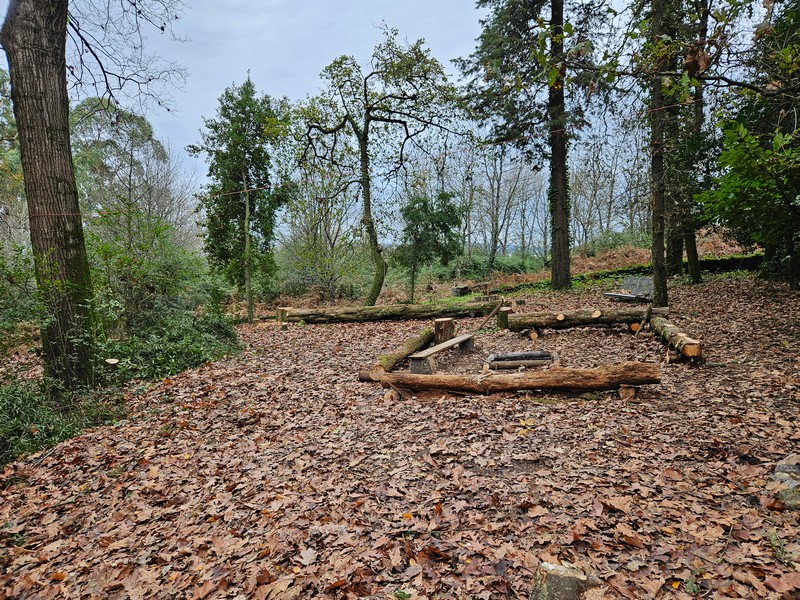
Before and after pictures of a local school that had not used the Forest School area for some time. Our practitioners were able to free up the area for use and make some big habitat piles from the brambles that were removed.

